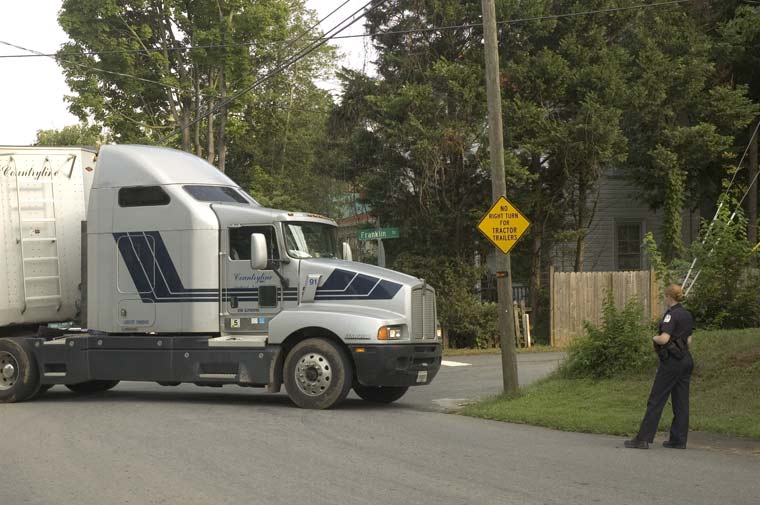uniform cloth

Damage to Harlow's wall is done by vehicles large and small
In the years between the War of Secession and the first World War, Americans voiced a preference for light weight clothing more in line with new modes of heating, transportation, and styles. It was this change which sealed the fate of primitive rural mills.
In plotting their course after 1882, the directors of the Charlottesville mill determined to continue making heavy fabrics, but production was shifted from cloth for men's suitings to material for uniforms of various types. Whether this decision was farsighted or whether later events made it seem so, cannot be known. However, its effect was obvious. Uniform styles changed slowly and once a market was established a mill of that type could estimate its output much more shrewdly than one making apparel fabrics. Since close similarity in subsequent orders of uniform cloth was of prime importance to an institution, competition was lessened once a mill had won a contract. furthermore, foreign cloths were practically excluded because of the requirements of uniformity.--Harry Poindexter
Labels: Harlow, Poindexter History

0 Comments:
Post a Comment
<< Home